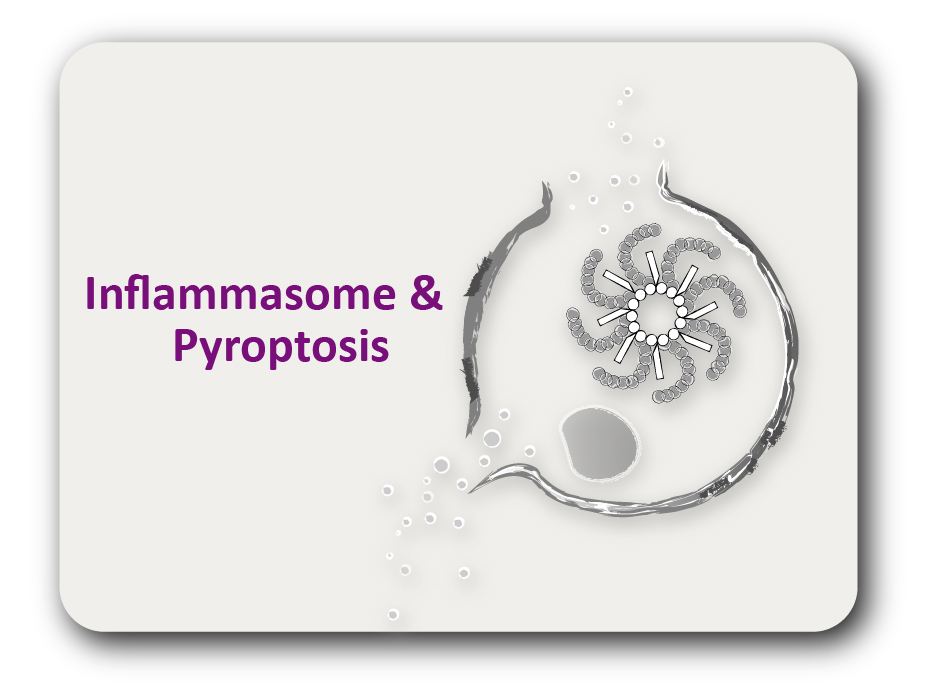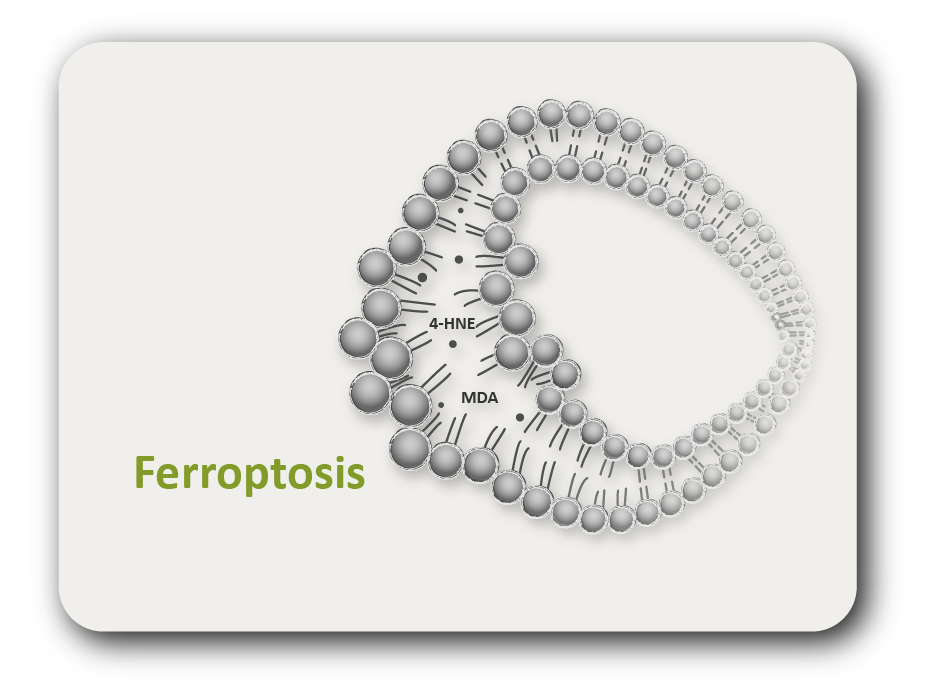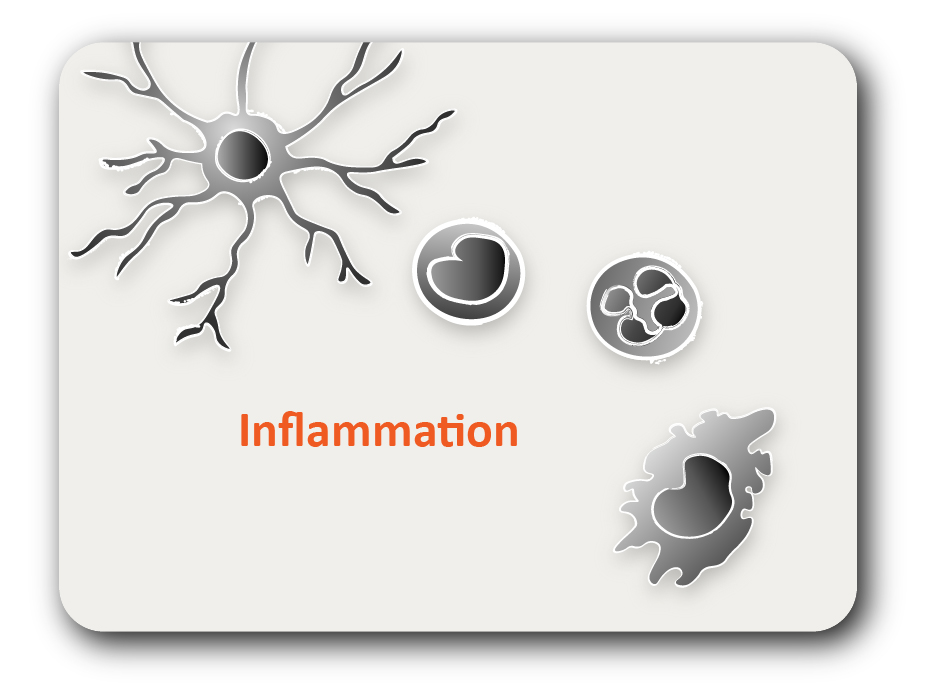ARG45365
anti-KLK7 antibody [5J28]
anti-KLK7 antibody [5J28] for IHC-Formalin-fixed paraffin-embedded sections and Human
Overview
| Product Description | Mouse Monoclonal antibody [5J28] recognizes KLK7 |
|---|---|
| Tested Reactivity | Hu |
| Tested Application | IHC-P |
| Host | Mouse |
| Clonality | Monoclonal |
| Clone | 5J28 |
| Isotype | IgG2 |
| Target Name | KLK7 |
| Antigen Species | Human |
| Immunogen | Recombinant Human KLK7. |
| Conjugation | Un-conjugated |
| Alternate Names | KLRC1; NKG2; NKG2A; CD159A |
Application Instructions
| Application Suggestion |
|
||||
|---|---|---|---|---|---|
| Application Note | * The dilutions indicate recommended starting dilutions and the optimal dilutions or concentrations should be determined by the scientist. |
Properties
| Form | Powder |
|---|---|
| Purification | Protein G chromatography |
| Buffer | PBS |
| Reconstitution | PBS |
| Concentration | 0.2 mg/ml |
| Storage Instruction | For continuous use, store undiluted antibody at 2-8°C for up to a week. For long-term storage, aliquot and store at -20°C or below. Storage in frost free freezers is not recommended. Avoid repeated freeze/thaw cycles. Suggest spin the vial prior to opening. The antibody solution should be gently mixed before use. |
| Note | For laboratory research only, not for drug, diagnostic or other use. |
Bioinformation
| Database Links | |
|---|---|
| Gene Symbol | KLK7 |
| Gene Full Name | Kallikrein Related Peptidase 7 |
| Background | This gene encodes a member of the kallikrein subfamily of serine proteases. These enzymes have diverse physiological functions and many kallikrein genes are biomarkers for cancer. The encoded protein has chymotrypsin-like activity and plays a role in the proteolysis of intercellular cohesive structures that precedes desquamation, the shedding of the outermost layer of the epidermis. The encoded protein may play a role in cancer invasion and metastasis, and increased expression of this gene is associated with unfavorable prognosis and progression of several types of cancer. Polymorphisms in this gene may play a role in the development of atopic dermatitis. Alternatively spliced transcript variants encoding multiple isoforms have been observed for this gene, which is one of fifteen kallikrein subfamily members located in a gene cluster on chromosome 19. |
| Function | May catalyze the degradation of intercellular cohesive structures in the cornified layer of the skin in the continuous shedding of cells from the skin surface. Specific for amino acid residues with aromatic side chains in the P1 position. Cleaves insulin A chain at '14-Tyr-|-Gln-15' and insulin B chain at '6-Leu-|-Cys-7', '16-Tyr-|-Leu-17', '25-Phe-|-Tyr-26' and '26-Tyr-|-Thr-27'. Could play a role in the activation of precursors to inflammatory cytokines. |
| Cellular Localization | Secreted. [UniProt] |
| Calculated MW | 27 kDa |
| PTM | Disulfide bond, Glycoprotein, Zymogen. [UniProt] |
Images (1) Click the Picture to Zoom In





